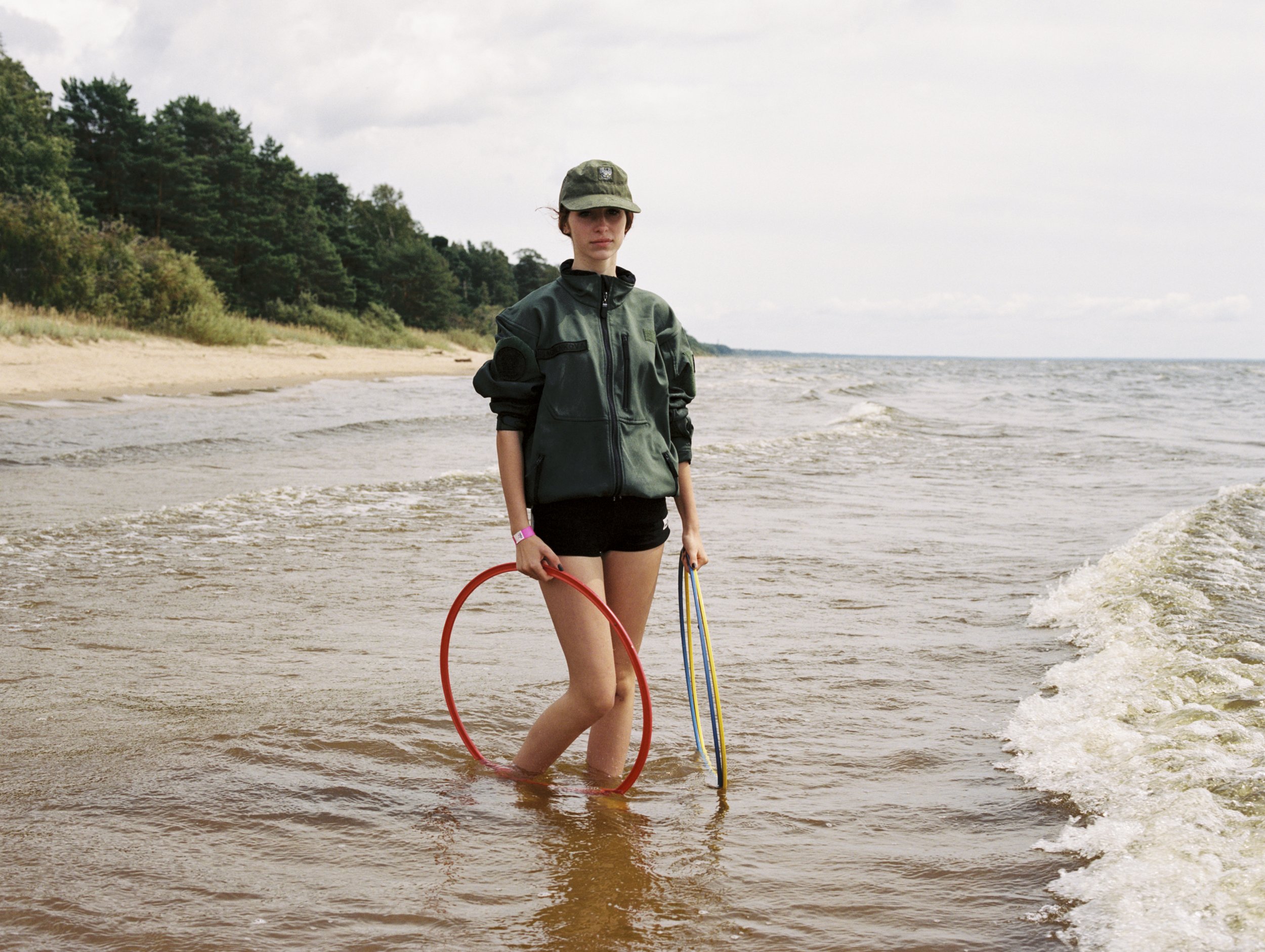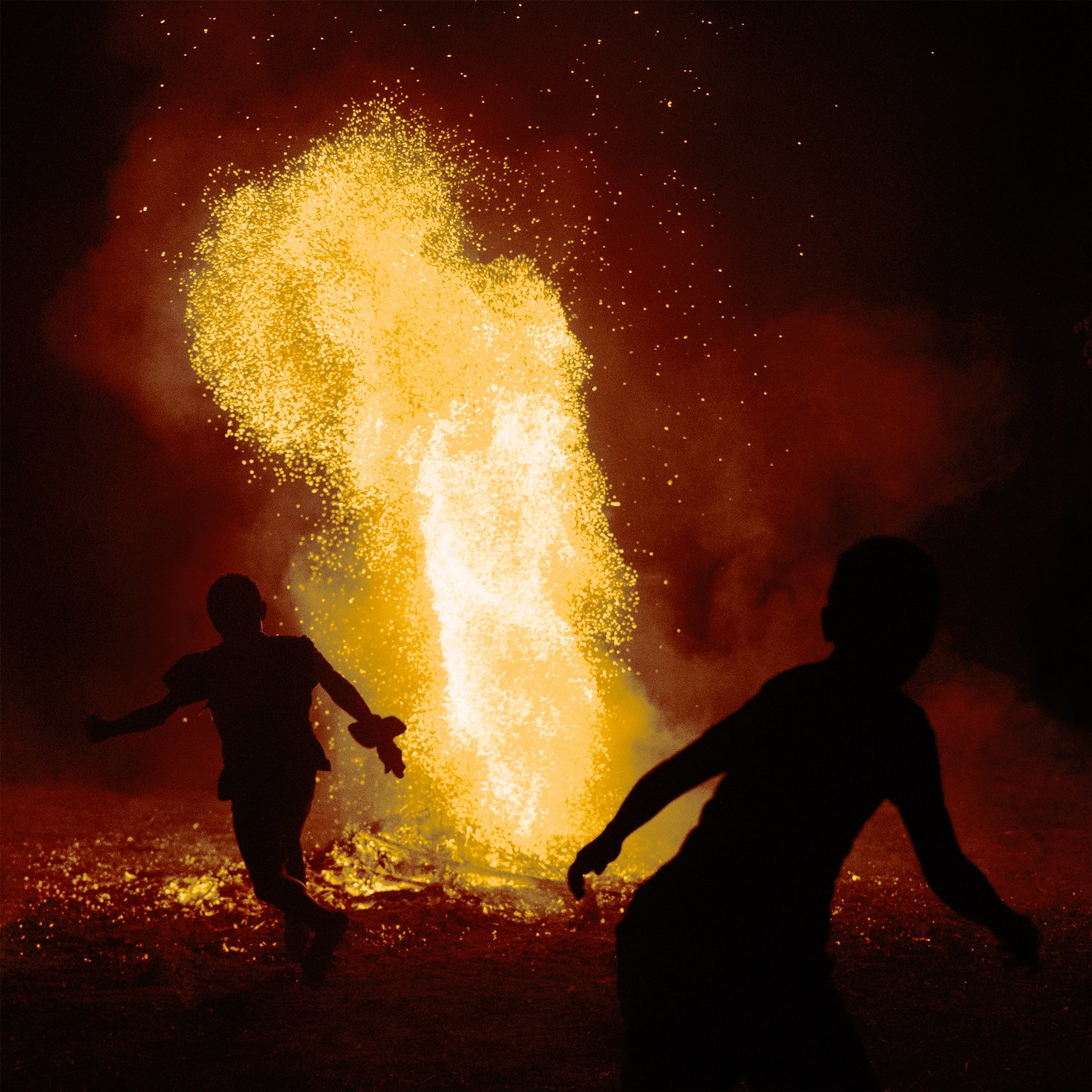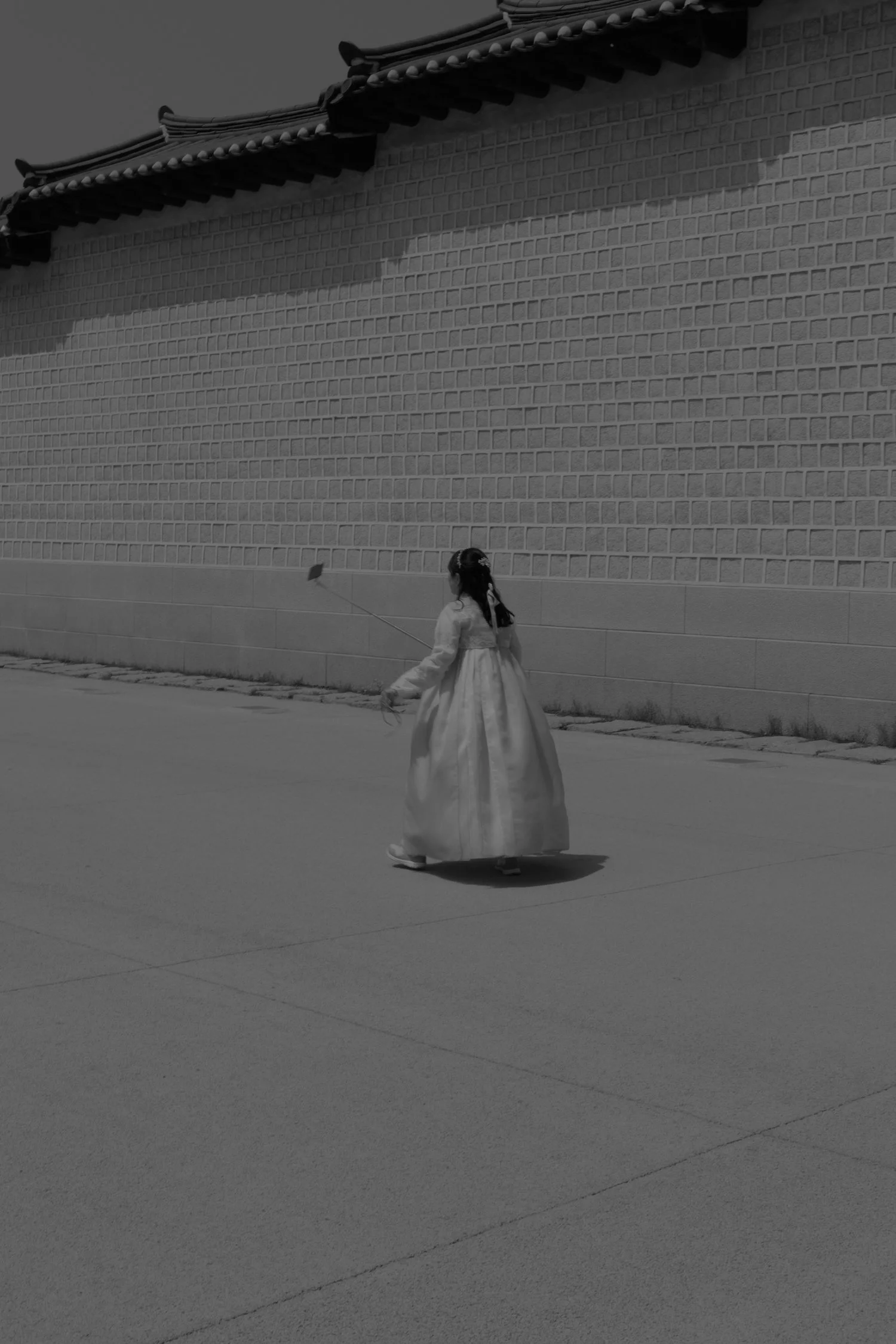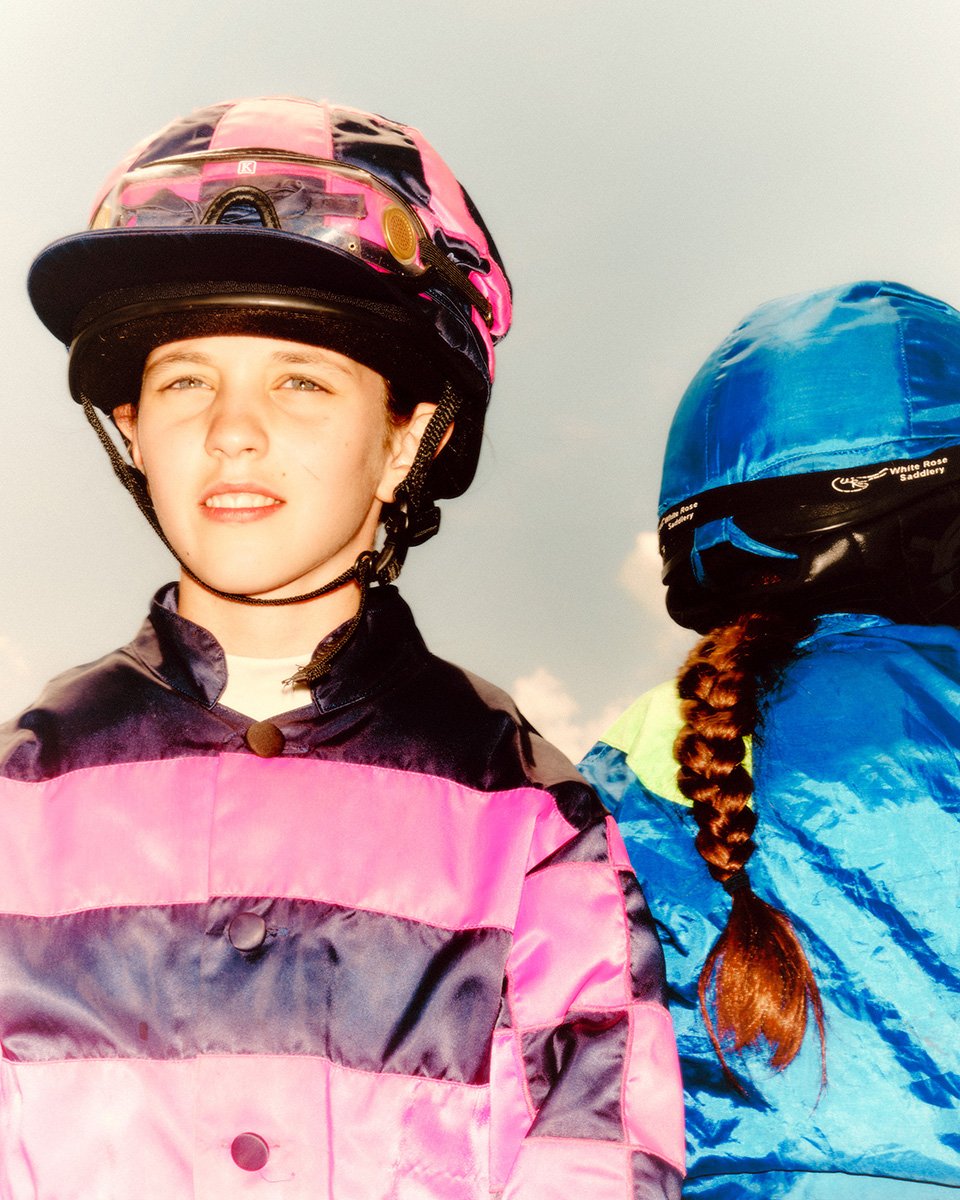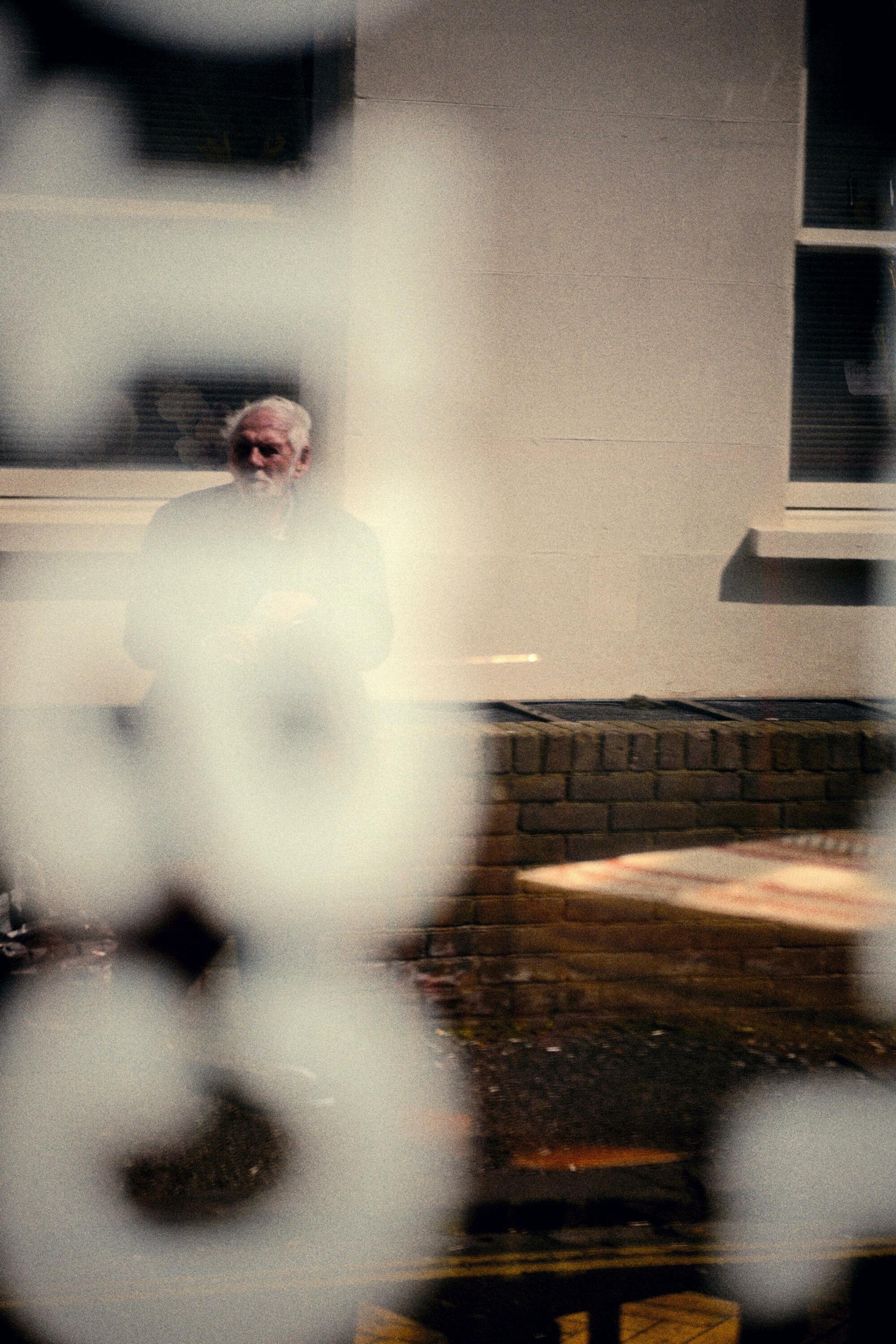Birds
These animals constitute the only known living dinosaurs, they are social, communicative with signals, calls and songs. Tim Flach investigates and photographs 190 bird species for his new photobook, Birds. We spoke to him to find out more about the secrets of such a remarkable compilation.
Words ZERO.NINE Photography Tim Flach Edit Simon ThompsonNorthern Cardinal
Hi Tim, thank you so much for taking the time today to talk to us. We are very excited to have you!
Let’s talk about your new book – BIRDS. During your career you have photographed possibly every species of animal one can imagine. Tell us why chose Birds for your next book?
Why birds? In a way, what I'm doing here is a continuation of something reminiscent of what was covered by 19th century illustrators. There was a guy called Edward Lear for example. When they first saw a picture of a hummingbird, for instance, it was quite revelatory, because at the time nobody had ever seen hummingbirds, or these illustrations of birds from around the world.
Photography can capture the uniqueness and beauty of these birds. There are certain things photography does extremely well and I'm taking up that mantle into the 21st
century. I saw this work as a continuation, and fundamentally a celebration of the natural diversity, a celebration of the wonderment of birds, and showing how beautiful the forms they come in, really are
By focusing and continually minimising everything down to just plain backgrounds, you start to really notice the forms and you can really see the morphology between different groups of birds and how evolution adapted them. You don’t have distractions that you would normally.
American Flamingo
“Photography can capture the uniqueness and beauty of these birds. There are certain things photography does extremely well.”
Inca Tern
What can we expect from the selection of images in the book? Is it all new work or is it a combination of old and new?
There's 190 images, most of them new with some exceptions. For instance, certain species like the Philippine eagle can only be found in the Philippines. When you've got an extraordinarily incredible, rare and critically endangered species, there's no point going back there just to get new photographs of them. Other than that the vast majority is new work.
In terms of the way the book is structured, it is with examining and questioning in mind. I start with a fossil that is called the Archaeopteryx, which was found in Berlin. It is one of the best preserved Archaeopteryx fossils, and it showed that birds have feathers, dinosaurs had feathers, and that they were the ancestors of the birds we have today. So when the asteroid hit and finished the Cretaceous period, all of that seemed finished and so many animals were wiped out. But the birds survived that, essentially these dinosaurs became the birds and have been able to continue through the ages.
In many of the shots you took the birds are looking into the camera. How difficult is it to photograph wild birds and animals, and while getting both natural and steady shots?
The circumstances vary. Most of the animals I worked with haven’t interacted with humans. So you have to build specialised aviaries which allow them to either not see the photographer or at least not feel pressurised by the camera. That way you get shots of them in their normal world, where they don't know that they're being observed, and are thus less stressed by that. Part of the aviary can be introducing the right lights so that they're comfortable. To get the birds to be portrayed in the way I have in my book, most of those birds need to be relaxed and free from pressure. They're not going to show or display or look quite the same if they were stressed.
Sometimes we had to build turntables, they usually don't mind whizzing around on a turntable, on other occasions we built ponds. There is a whole series of different ways of addressing how we get those pictures of animals in what they feel is a comfortable environment.
“To get the birds to be portrayed in the way I have in my book, most of those birds need to be relaxed and free from pressure.”
Grey Crowned Crane
Andean Condor
Roseate Spoonbill
In 2019 you received the HIPA ‘Photography Appreciation Award’. Such a prestigious award comes with a lot of prize money, and a lot of expectations. What has your career been like since, and how has the award helped you with your work?
I've worked in conservation for sometime, having that acknowledgement and support that did allow me to better explore the BIRDS project. In a sense it allows me some breathing space; not having to be under so much pressure or do commissions and so on to support my personal work. The books I do never really make any money. They are a chance to go down a journey and come out the other end with a different understanding of the world. A world that more than ever is changing. It is a world we need to understand better, to really address those changes in a way that can hopefully be for the better of humanity. The BIRDS project, wasn't a conservation project per se, but it does celebrate a wonderment. If you care about the birds, then you want to save them. I can't move away from that messaging. I mean, you can't unsee what you've witnessed. It accompanies you on your journey, wherever you go next. My next project will be on soil and insects, and a project that's not very commercial. So these grants allow me that freedom to go down into that journey.
A core purpose of your work has always been about creating an emotional connection between nature and people. We’ve just had the COP26 summit, and in the last couple of years, the climate crisis has only intensified, both as an environmental problem and social issue. Do you feel that we are now at a point where we finally can, and perhaps have to, make meaningful changes?
Clearly there is an urgency. And yes, the answer is of course! We have to make meaningful changes. Let's hope we can make those changes quick enough. There's no doubting the evidence, the outcome of the excessive carbon emissions or the facts of global warming and climate change. With evidence of all the floods and fires and other traumatic events, it has been very much at the forefront of people’s minds.
I think that what's really important is those who work in the arts help support the sciences, translating into storytelling and bringing all the important prominent debates and science into the cultural space, to a point where people can engage with them.
It is a vital role that we all have to play as visual image makers, we are artists.
I've been working with social scientists and others to explore how we can evoke the kind of empathy that is shown to lead to people taking action towards pro environmental outcomes and causes. If you don't feel it, you won't care. You may know about it, but it can remain a distant issue. The kind of work I do is just to anthropomorphise the animals, to bring them into this court criteria, to grab attention. There is something that grabs the viewers attention about the character or personality of the animal. This can allow them to start that journey, considering their story and give the issue a fighting chance to see a change.
“I think that what's really important is those who work in the arts help support the sciences, translating into storytelling and bringing all the important prominent debates and science into the cultural space, to a point where people can engage with them.”
Bulwers Pheasant
Ocellated Turkey
King Vulture
It is often said ‘never work with children or animals’. Given the focus of your book BIRDS, what are your thoughts on this statement, would you strongly disagree?
I think it is a very interesting point. What the statement is really talking about is the sense of control, isn't it? In the creative context, sometimes not having control at certain points isn’t a bad thing. What reveals itself sometimes can be more interesting than what you initially had planned for. It's quite healthy to have that balance between that planned framework and idea, with what you find and emerges in that experience and engagement with the subject.
What advice would you give to anyone interested in or trying to photograph animals?
The first question is, why do you want to photograph them? What are you trying to say? What's the point? I think it's helpful to have a reason, to know what your objective is. We must be careful not to be distracted by what is technically good or not good. It’s about what is relevant. I would suggest that you don't look down on the animals. Connect to their eye level, because that's what we do when we're intimate. We come into their world and if you can come more intimately and have that sense of their character, then that's probably a good start.
Toco Toucan
Himalayan Monal
Where can we find your book?
Obviously Amazon is one port of call. You should be able to find it in most bookshops. At the moment it is only published in English, but it is also being translated into German, Dutch and Mandarin.
Thank you so much, Tim. It’s been an honour, your trajectory as a photographer is super inspiring. The work you do is so important for pushing change and making people more conscious about the planet that we live on.
It's never before been more important for us to connect with nature at this point in time. I'm just one of many people who feel that photography has a really important role with visual culture to support it.
Victoria Crown Pigeon
About Tim
Tim Flach is an animal photographer with an interest in the way humans shape animals and shape their meaning while exploring the role of imagery in fostering an emotional connection. Bringing to life the complexity of the animal kingdom, his work ranges widely across species, united by a distinctive stylisation reflecting an interest in how we better connect people to the natural world.
He has five major bodies of work concerning different subjects: Equus (2008) focusing on the horse, Dogs Gods (2010) on canines, More Than Human (2012) a broad exploration of the world’s species, Endangered (2017) a powerful document of species on the edge of extinction, and Birds (2021). He has published seven books; Birds (2021), Who Am I? (2019), Endangered (2017), Evolution (2013), More than Human (2012), Dogs Gods (2010) and Equus (2008).
To see more of his work, visit his website or follow him on Instagram
You can purchase his book BIRDS in the following places:
Amazon | Blackwell’s | Wordery among many others.













